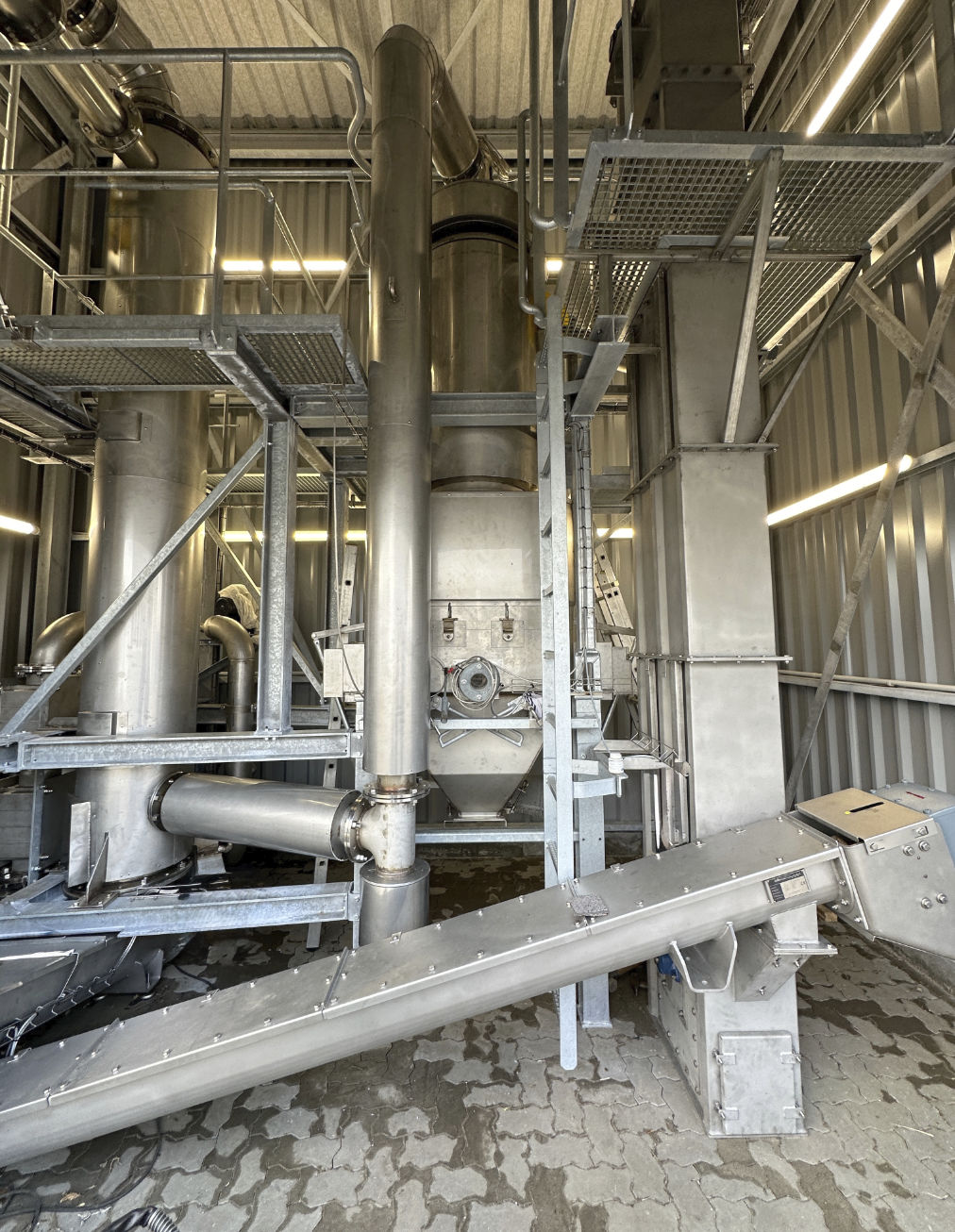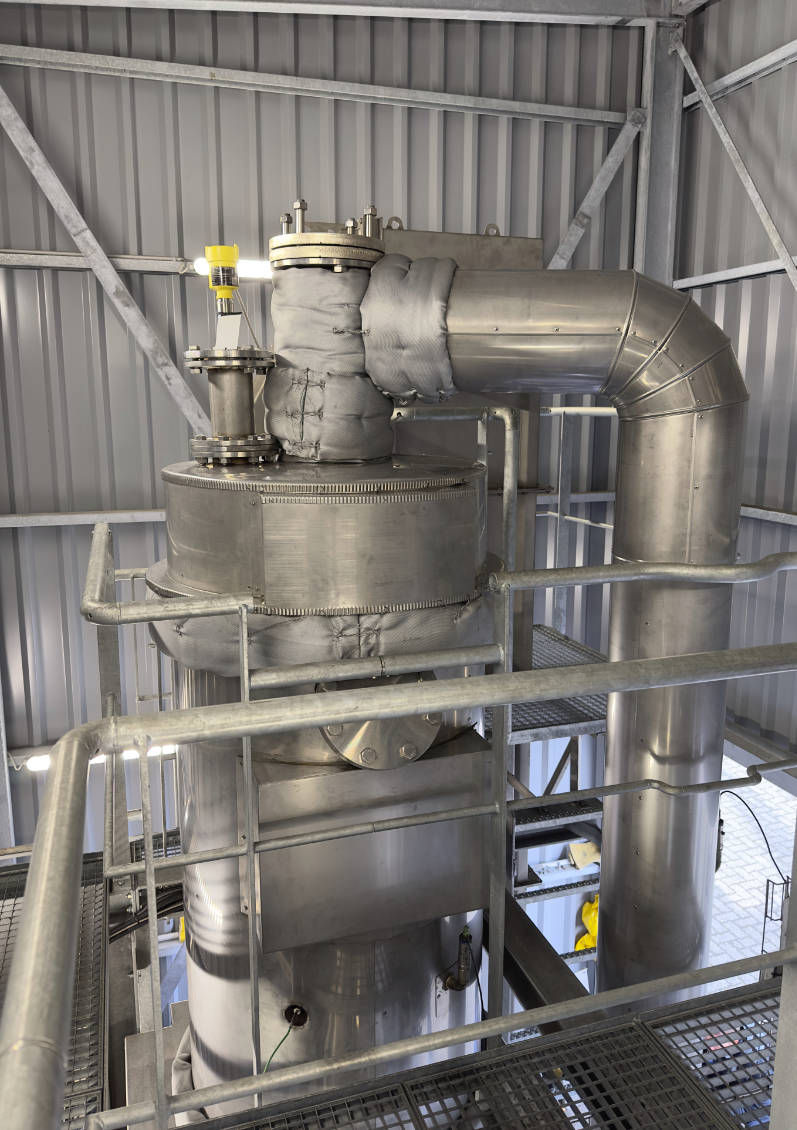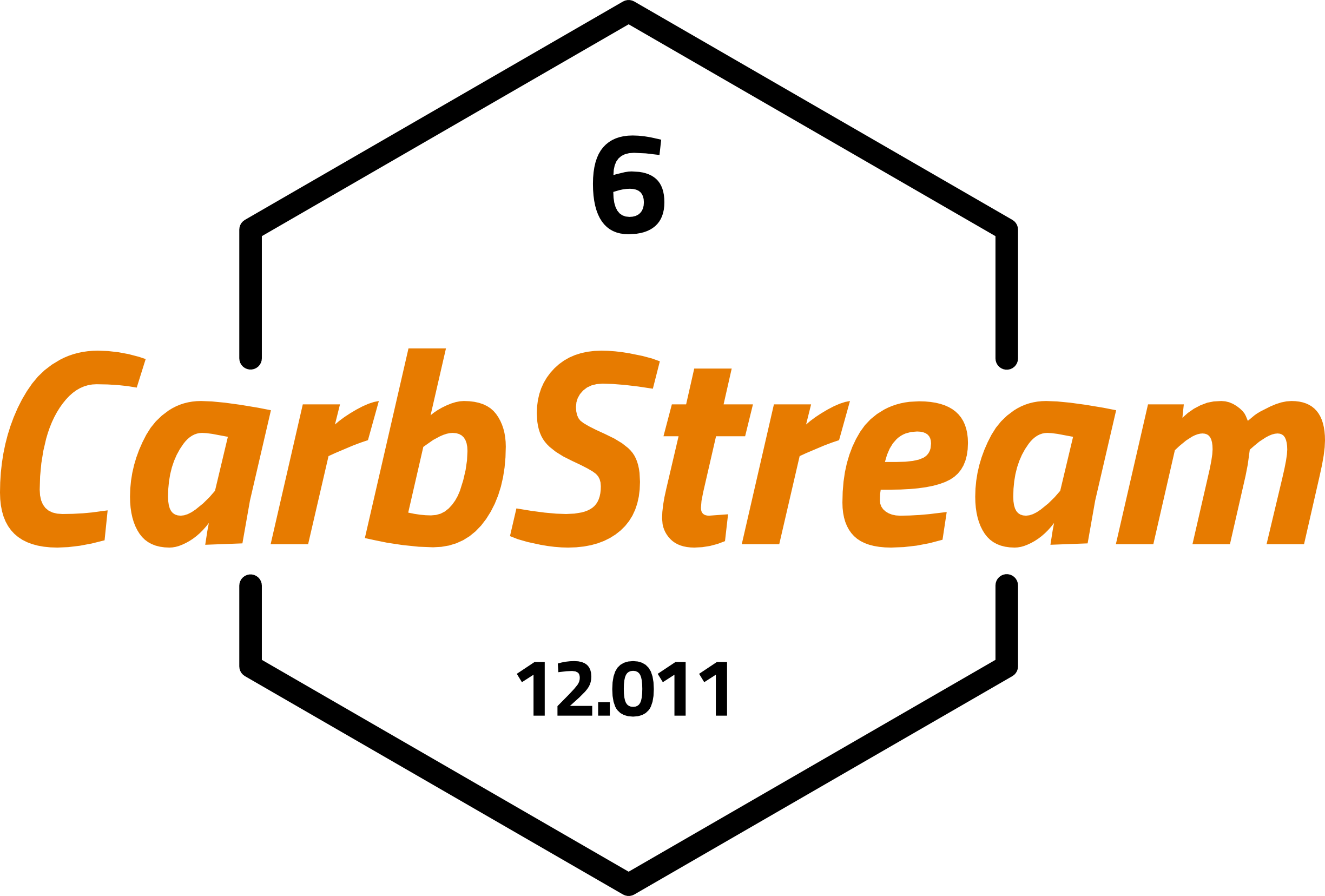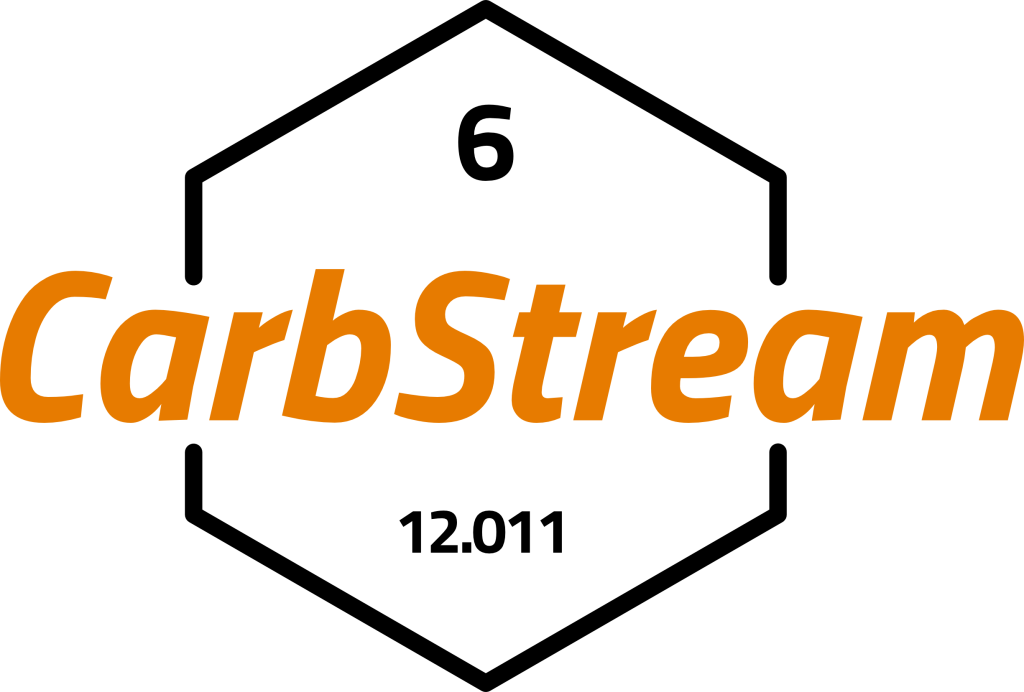Biochar production
Our technology optimizes the use of raw materials and delivers biochar of the highest quality - supplemented by the simultaneous generation of electricity and heat.
Pyrolysis plant for the automated industrial production of biochar and sustainable energy.
Our hybrid pyrolysis systems enable the fully automated, industrial production of high-quality biochar and climate-friendly energy - with optimum efficiency and minimal personnel requirements. The specially developed components are designed for continuous operation, extremely robust and low-maintenance - perfect for the highest industrial requirements.
Each reactor is manufactured and carefully tested in Germany to the strictest quality standards. A 24/7 remote service ensures maximum operational reliability. Thanks to their modular design, our systems are flexibly scalable and programmable settings for different raw materials ensure maximum process control and efficiency.

Pyrolysis plant for the automated industrial production of biochar and sustainable energy.
Our hybrid pyrolysis systems enable the fully automated, industrial production of high-quality biochar and climate-friendly energy - with optimum efficiency and minimal personnel requirements. The specially developed components are designed for continuous operation, extremely robust and low-maintenance - perfect for the highest industrial requirements.
Each reactor is manufactured and carefully tested in Germany to the strictest quality standards. A 24/7 remote service ensures maximum operational reliability. Thanks to their modular design, our systems are flexibly scalable and programmable settings for different raw materials ensure maximum process control and efficiency.

Carbotec-1
800 kW
Fuel output
1560 t
Annual throughput of input material
187 t
Annual production of biochar
470 t
CO2 removal per year
200 kWh
Electrical output via a CHP unit
300 kWh
Maximum heat output
2,340,000 kWh
Usable thermal energy per year
7.800 h
Operating hours per year
6 m x 4 m x 8 m
Size L x W x H
The values are based on spruce wood with a carbon content of 47 % and a water water content of 20 %. The stated values deviate with the use of different input materials.
Efficient & economical
The energy required for the pyrolysis process is generated by the process itself once the system has been commissioned. In hybrid pyrolysis in counter-current pyrolysis, all input materials are converted into biochar and thermal energy (optionally electricity). With a small footprint and low personnel costs, the Carbotec sets standards.
Interconnected operation and scalability
A Carbotec reactor can be expanded with any number of additional reactors and adapted to the corresponding energy requirements. This allows a large number of buildings or industrial complexes to be supplied with heat and electricity on a sustainable basis. Two or more Carbotec reactors in combination create a reliable base load.
Optimize CO2 balance
During hybrid pyrolysis in counter-current pyrolysis, most of the carbon contained in the input materials is bound and not released. For example, the agricultural use of biochar produces sustainably stable CO2 sinks with enormous compensation potential.
Input materials
The Carbotec reactor is characterized by its outstanding use of diverse raw materials, sustainability and energy efficiency:
- Category A1 woodchippings
- Industrial timber
- Unscreened wood chips from residual forest wood
- Sawdust
- Municipal tree and shrub cuttings from landscape conservation
Quality Made in Germany
All system components are manufactured to the highest standards in a certified steel and metal industry company in Germany. The reactor unit and the feed components are made exclusively from stainless steel.

Efficient energy generation and biochar production
- Hybrid pyrolysis in the counter-current process
The production of biochar using hybrid pyrolysis in a counter-current process is considered a particularly efficient form of pyrolysis - the thermochemical conversion of biomass under low-oxygen conditions. In this process, the biomass fed in meets hot exhaust gases from the gasification zone (counterflow principle), which first dries it and then decomposes it into carbon residues (biochar) and gases at up to 700 °C. Some of the biomass is oxidized and some of it is converted into biochar. Part of the biomass is oxidized, which generates the heat required for the process. In the reduction zone, some of the carbon is also converted into energy-rich synthesis gas, while the biochar is collected at the bottom of the reactor. The counter-current process enables particularly efficient heat utilization, consistent product quality and a high carbon content - ideal for sustainable, economical use in energy and resource systems.

Efficient energy generation and biochar production
The production of biochar using hybrid pyrolysis in a counter-current process is considered a particularly efficient form of pyrolysis - the thermochemical conversion of biomass under low-oxygen conditions. In this process, the biomass fed in meets hot exhaust gases from the gasification zone (counterflow principle), which first dries it and then decomposes it into carbon residues (biochar) and gases at up to 700 °C. Some of the biomass is oxidized and some of it is converted into biochar. Part of the biomass is oxidized, which generates the heat required for the process. In the reduction zone, some of the carbon is also converted into energy-rich synthesis gas, while the biochar is collected at the bottom of the reactor. The counter-current process enables particularly efficient heat utilization, consistent product quality and a high carbon content - ideal for sustainable, economical use in energy and resource systems.

